Florida is the Winter Watercress Capital of the U.S.
Nasturtium officinale (nas-STUR-shum oh-fis-in-AY-lee ) is one of the oldest leaf vegetables cultivated by man. It’s naturalized in Florida and in fact all of North America, Europe and Asia, the latter two where it is native. Wild watercress is a short-lived edible in central Florida. January to March and maybe a little of April just about sum up its season, and that’s being generous. Of course the farther north you go the later in the season it can be found such as in Gainesville in May. Locally Watercress can also be found in drainage ditches leading to the St. Johns River and occasionally along the banks of the St. Johns River. No doubt in other agricultural areas such as Lake Apopka it can also be found as well as in canals. The only place I have found it past its season is downstream from natural springs that maintain a 72F temperature year round, such as Wekiva Springs.
And while it can indeed by found throughout North America central Florida is the capital of winter watercress production in the United States. The old winter watercress capital was Huntsville, Alabama, but that city traded the mustard member for aerospace technology. I discovered watercress about 27 years ago in Sanford, Fl., some 15 miles north of here.
In 1863 Francis Peyre Porcher in his book the “Resources of the Southern Fields and Forests, Medical, Economical and Agricultural, Medical Botany of the Confederate States” wrote of watercress: “Introduced. Ditches Florida. Northward. This plant came into pretty high favor about a century ago [1776] as a spring salad; and it soon obtained preference to all other spring salads on account of its agreeable, warm, bitter taste, and for sake of its purifying, antiscorbutic and diuretic properties. It was greedily gathered in all of its natural habitats within some miles of London for the supply of the London Market, and eventually became an object of regular, peculiar, and somewhat extensive cultivations.” To read more about Dr. Procher read my article on Smilax.
Man is not the only consumer of Watercress. It is eaten by ducks, muskrats, and deer who know a good thing when they find it. Watercress contains significant amounts of iron, calcium and folic acid, as well as vitamins A and C. It has a long history of medicinal use and was even popular in Roman times. The Greeks thought it was good for the brain and thinking. Many benefits have been attributed to eating watercress, such as that it is a mild stimulant, a source of phytochemicals, a diuretic, an expectorant, a digestive aid and anti-cancerous. Research in Iran has shown it to have antioxidant potential as well as able to lower cholesterol and triglycerides. Research in the United States suggest it has a role in preventing or treating cancer.
Cultivated since ancient Persian times, watercress may cause cystitis in some people. Its consumption is not advised for those who have a delicate stomach or suffer from acidosis or heartburn. I have a temperamental tummy inherited from one grandmother but cooked Watercress has not bothered me. I like it with salt, pepper, olive oil, a sprinkle of garlic and balsamic vinegar. (I only eat it raw when I collected immediately downstream from a spring.) Excessive or prolonged use may lead to kidney problems and some advise against eating it during pregnancy.
Nutritionally, watercress is no lightweight. It’s 19 calories per 100g and is 93.3% water. However, it has: Protein: 2.2g; Fat: 0.3g; Carbohydrate: 3g; Fiber: 0.7g; Ash: 1.2g; Calcium: 151mg; Phosphorus: 54mg; Iron: 1.7mg; Magnesium: 0mg; Sodium: 52mg; Potassium: 282mg; A: 2940mg; Thiamine (B1): 0.08mg; Riboflavin (B2): 0.16mg; Niacin: 0.9mg; C: 79mg. Recipes below.
There are actually several “watercress” in North America you might want to investigate. They include: Barbarea vulgaris, Barbarea verna, Cardamine bulbosa, Cardamine pensylvanica, and Arabis alpina.
“Nasturtium” means literally “twisting nose” and was the Roman name for peppery watercress. Officinale means it was approved in ancient Rome to be sold as a food or medicine in special stores. The Greek name for watercress, Nerokarthamon, broadly translated, means “able to tame Nero’s mind.” It was thought in ancient Greece Watercress could cure insanity.
Creamed Watercress
2 Tbsp Butter
1 cup chopped onions
2 cloves garlic, minced
2 Tbsp flour
1 cup Half and Half
1/4 tsp nutmeg
8 to 16 ounces of watercress, chopped
Salt and pepper to taste
Heat butter in braising pan on medium low. Add onions and garlic; cook about 10 min, until onions are soft and translucent. Add flour. Cook, stirring occasionally, 2 min. Stir in half and half and nutmeg; bring to a simmer and cook 2 min. Add watercress to pan in small batches; cook, stirring frequently, 3-4 min, until watercress is wilted. Season to taste with salt and pepper. During cooking you make have to add more half & half depending on the consistency you want. For a richer side dish use cream.
Chickpeas and Watercress
1 can chickpeas in water ( also called garbanzo beans) or 1 ½ cups precooked+ ½ cup water
½ onion, diced
3 tbsp olive oil
Juice from of one lemon, ( approx 2 tbsp)
½ tsp curry powder
½ tsp coriander powder
½ tsp cumin
½ tsp gram masala
1 large bunch of watercress or two handfuls, rinsed & trimmed
* In a large skillet or frying pan, saute onions and garlic in olive oil until soft about 3-5 minutes. Add chickpeas straight from the can., including all the water. Add the spices and lemon juice, cover, and simmer about 10-15 minutes, stirring occasionally, adding more water if needed, until chick peas are browned and soft.
* Reduce heat, add spinach and cover. Allow spinach to wilt for 2-4 minutes. Serve immediately.
Watercress Pesto
2 garlic cloves, chopped
2 tsp grated lemon rind
5 tbs olive oil, plus extra drizzle
400g spaghetti or tagliatelle
12 cherry tomatoes, halved
12 pitted olivesMethod
* Preheat the oven to 180 C
* Roughly chop 80g of watercress, and place in a food processor with half the parmesan, the pine nuts, garlic and lemon rind. Gradually add the oil and process to from a smooth paste. Season with salt and pepper.
* Cook the pasta in a large pot of salted boiling water until al dente.
* Meanwhile, place the tomatoes, cut-side, on a baking tray. Drizzle with olive oil and season with salt and pepper. Cook in the oven for 6-8 minutes or until just starting to wilt. Toss the pasta with the pesto, tomatoes, olives and the remaining parmesan and watercress.
Watercress Tabouleh
1 cup bulgur
2 Tblsp chopped walnuts
6 tsp walnut oil or extra virgin olive-oil, divided
2 shallots, chopped
1 Tblsp finely chopped garlic
12 cups thinly sliced watercress (about 2 bunches), tough stems removed
1/3 cup chopped pitted dates
2-3 Tblsp water
4 tsp white-wine vinegar
½ tsp salt
* Prepare bulgur according to package directions. Transfer to a colander and rinse under cool water; drain. toast walnuts in a small dry skillet over medium low heat.* Cook until the shallots start to brown, 4 to 6 minutes.
* Add garlic and cook stirring, until fragrant, about 15 seconds.
* Add the watercress, dates and two tablespoons of water and cook, stirring occasionally, until the greens are tender and the water evaporates (add another tablespoon of water if the pan is dry before the greens are tender) about 4 minutes.
* Stir in vinegar, salt and the prepared bulgur; cook until heated through, about 1 minute.
* Drizzle with the remaining one teaspoon of oil and sprinkle with the walnuts before serving.
Watercress Soup
In this recipe, freshly harvested watercress is cooked with potatoes, chicken stock, milk, onions and garlic to make a deliciously light soup. To ensure the watercress retains its tender crunch, add it to the soup last. If you wish, you could also blend all the ingredients for a smoother soup.
Ingredients:
* 2 bunches of watercress, roughly chopped
* 1 medium potato, cubed
* 1 medium white onion, diced
* 2 cloves of garlic, crushed
* 1 Tbsp of butter & 1 Tbsp of olive oil
* 2 cups of organic chicken or vegetable stock
* 2 cups of milk
* 2 tsp of sea salt
* 1/s tsp of freshly ground black pepper
Preparation:
1. Heat the butter and olive oil in a pot over a medium heat. Add the onions and sauté for 30 seconds. Turn the heat to low and sweat the onions for 15 minutes. Stir them occasionally to ensure they don’t caramelize. 2. Turn the heat back up to medium-high and add the garlic. Fry for 30 seconds. 3. Now add the potato cubes, salt and pepper and fry for 1 minute. Add the milk, the stock and stir. 4. Let the soup simmer for 10 minutes. Add the watercress and stir well. Turn the heat down sightly and simmer for 5 minutes. 5. Add a pinch of black pepper and serve immediately.
Green Deane’s “Itemized” Plant Profile
IDENTIFICATION: A coarse, many branched pungent member of the mustard family with deeply divided compound leaves, low-growing, dense in suitable small waterways. It has the customary four-petaled flower of the Brassica family, white petals, and seed pods on stems. It grows in the same location and time of year of young water hemlock. Pick carefully.
TIME OF YEAR: January to April in Florida, spring though fall in some temperate climates.
ENVIRONMENT: Likes to grow in clean, running water but not rapids.
METHOD OF PREPARATION: Raw or cooked. Wholesome water is hard to find so cooked is the preferred way. Prepare like any mustard green.
HERB BLURB
Research supports traditional views that watercress has medicinal applications. Herbalist use it as a stimulant and diuretic, research suggests it has antioxidants, the ability to lower some blood lipids, and to prevent or treat cancer, particularly that of the lungs.

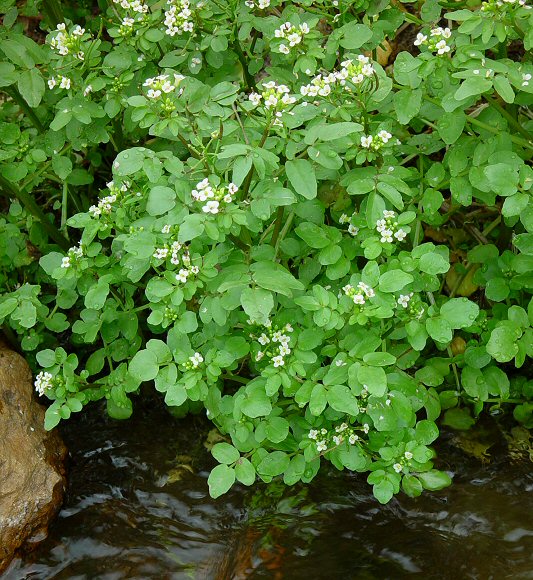
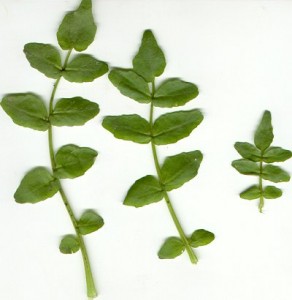
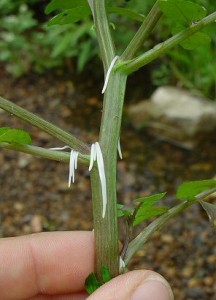
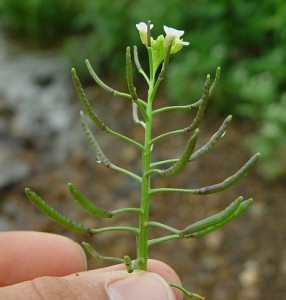
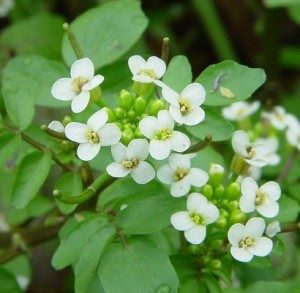
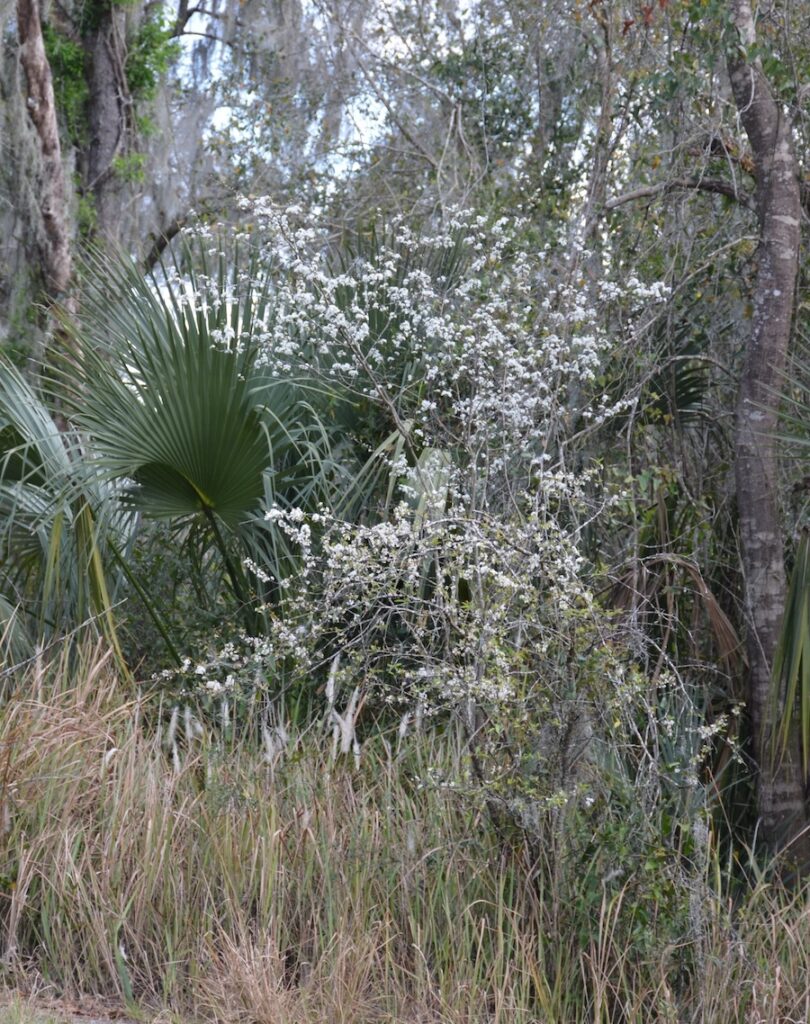
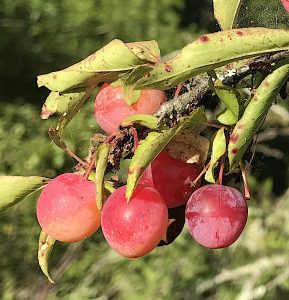
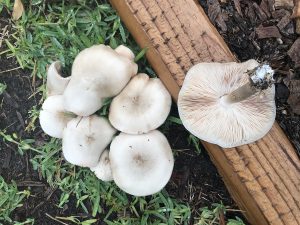
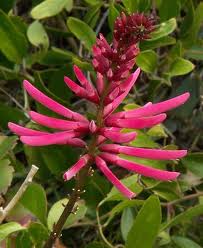
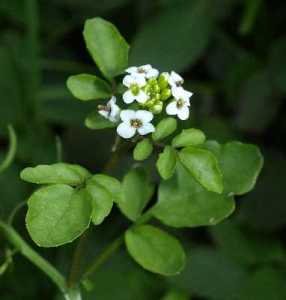
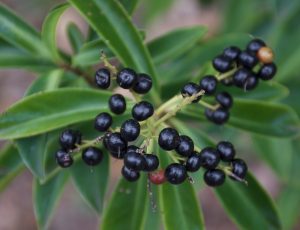



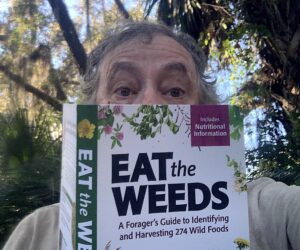
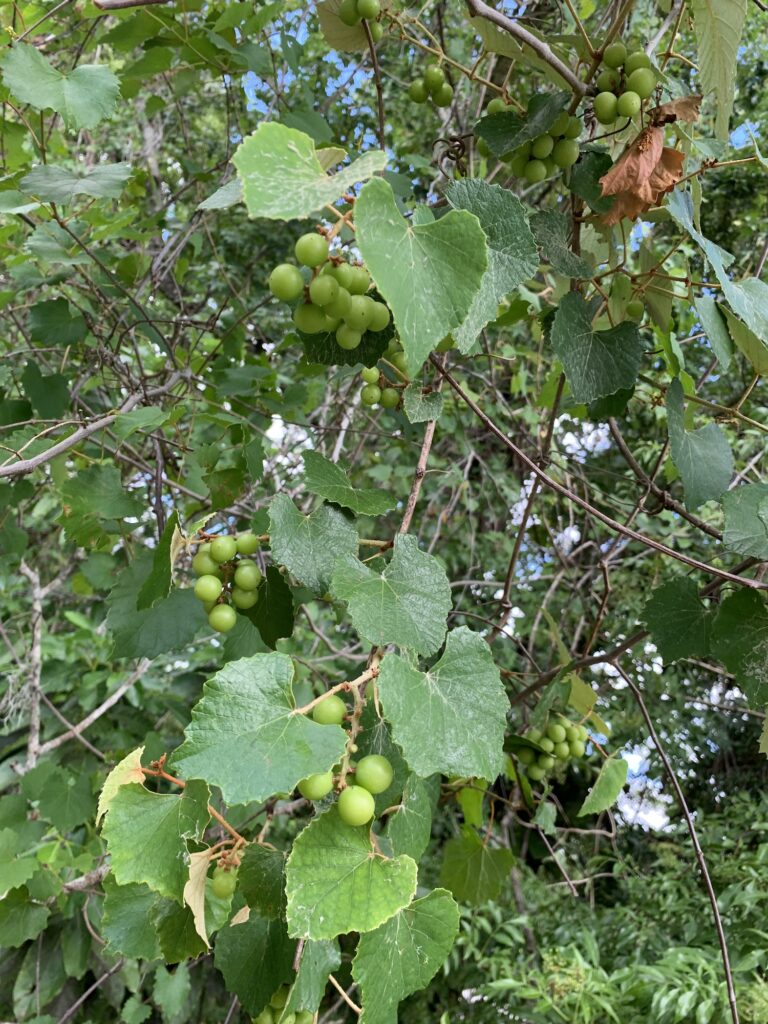
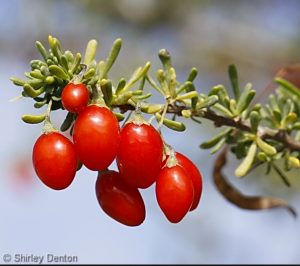
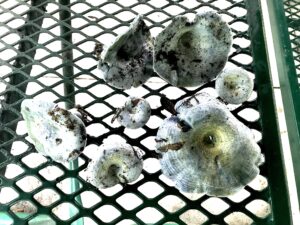
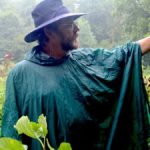
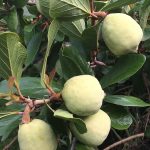

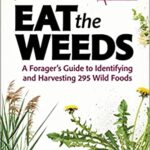
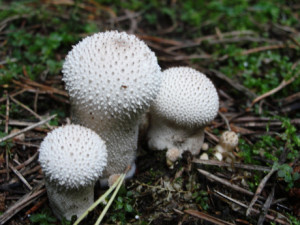
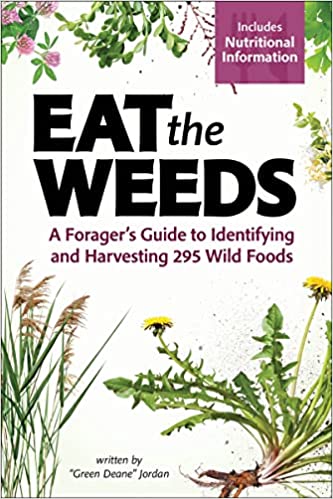

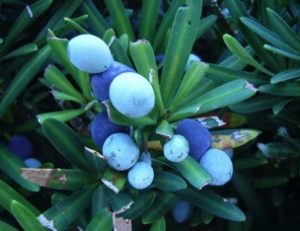
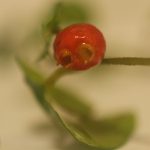

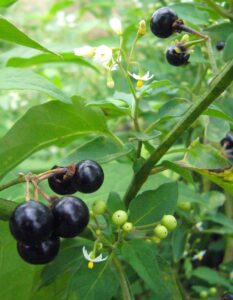

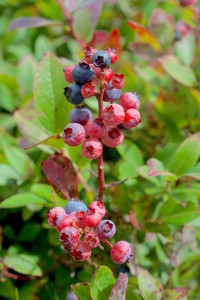
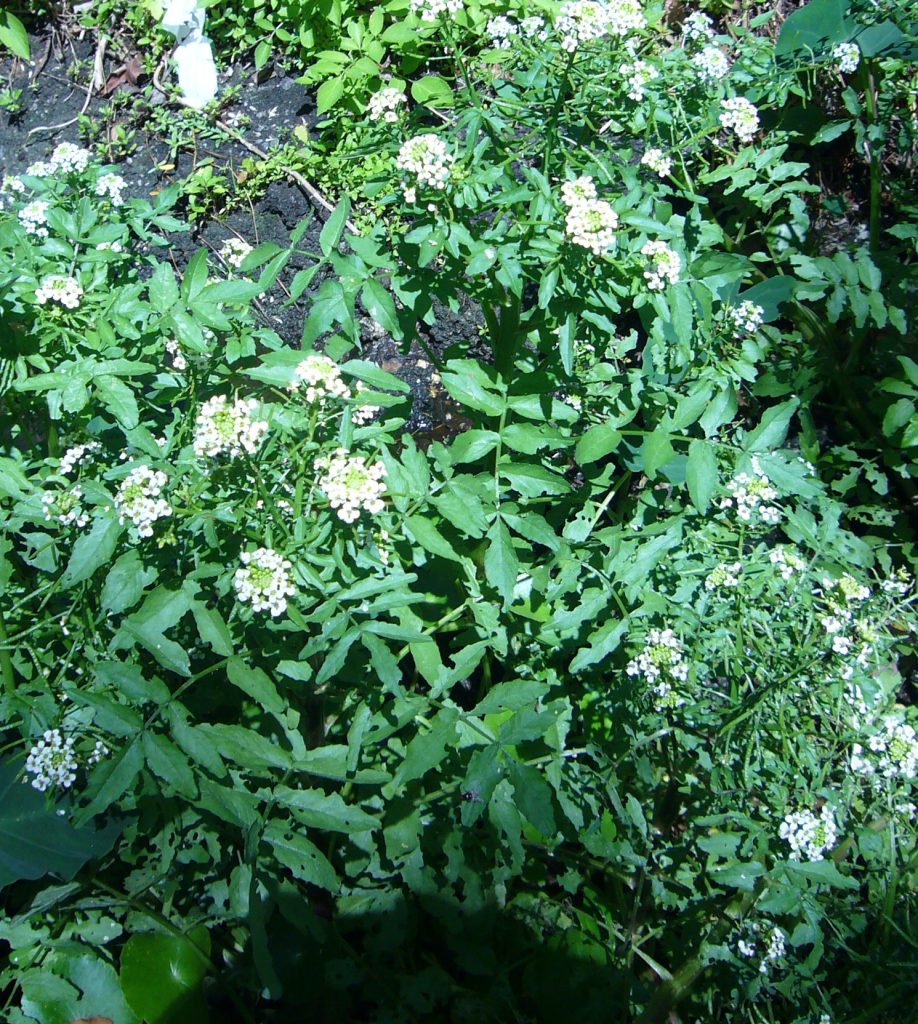
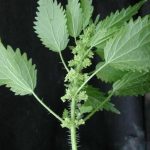
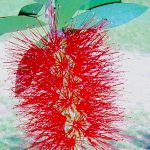
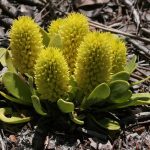
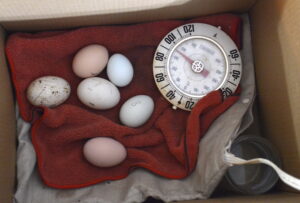 As a aside for three weeks I am trying my hand at inexpensively incubating eggs using equipment around the house… a heating pad, outdoor thermometer, cardboard box et cetera. Got five chicken eggs and two duck eggs warming. I have a brooder built for once they hatch. After hatching I’ll have to build a coop for them. I have two used large dog shelters to repurpose. Four nesting boxes on the bottom floor. Roosts on the second. Hardware cloth to keep raccoons out of weak spots.
As a aside for three weeks I am trying my hand at inexpensively incubating eggs using equipment around the house… a heating pad, outdoor thermometer, cardboard box et cetera. Got five chicken eggs and two duck eggs warming. I have a brooder built for once they hatch. After hatching I’ll have to build a coop for them. I have two used large dog shelters to repurpose. Four nesting boxes on the bottom floor. Roosts on the second. Hardware cloth to keep raccoons out of weak spots.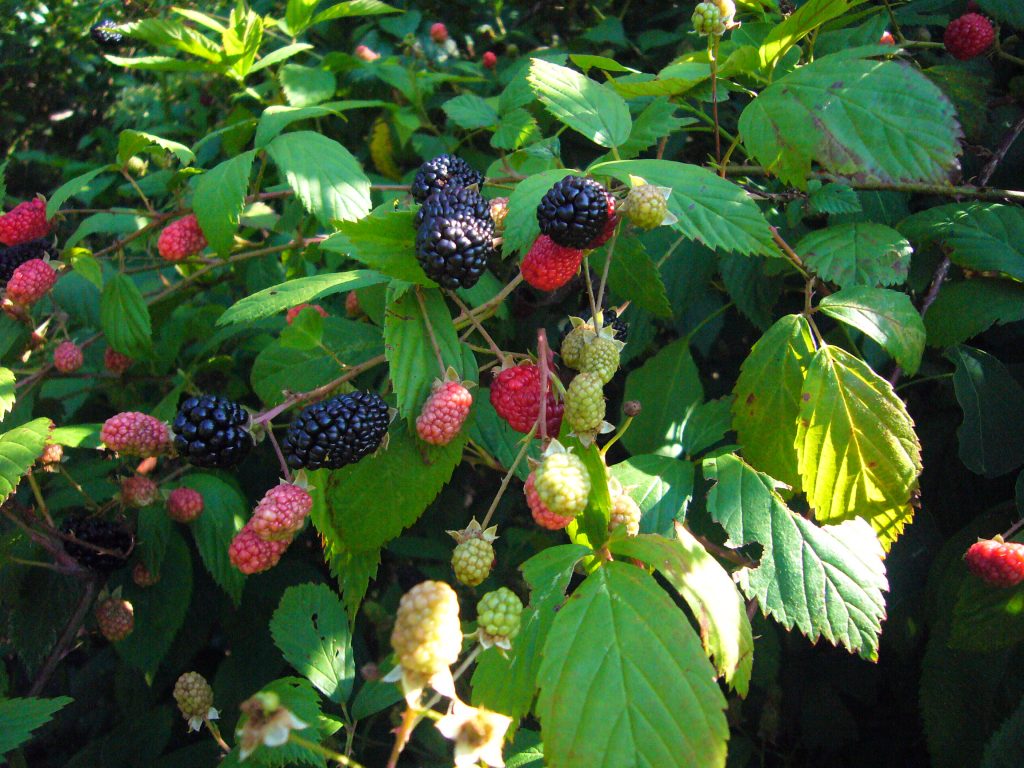
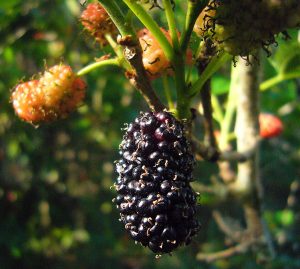
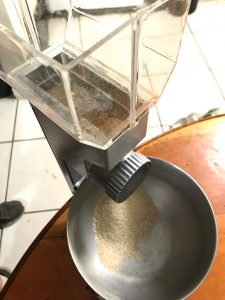
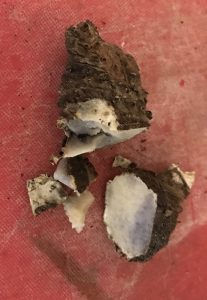


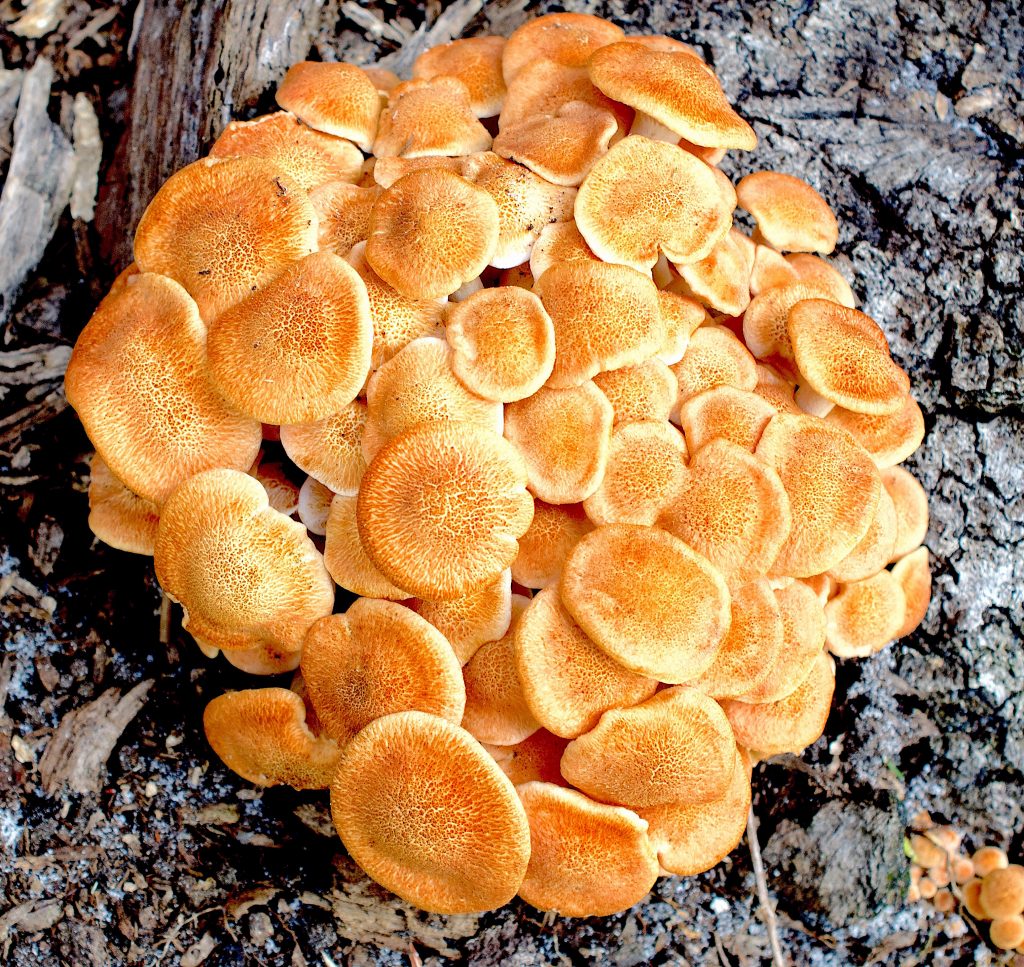
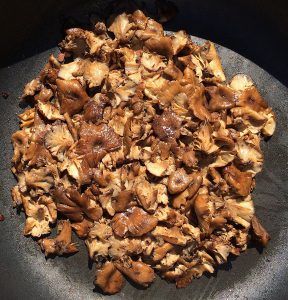

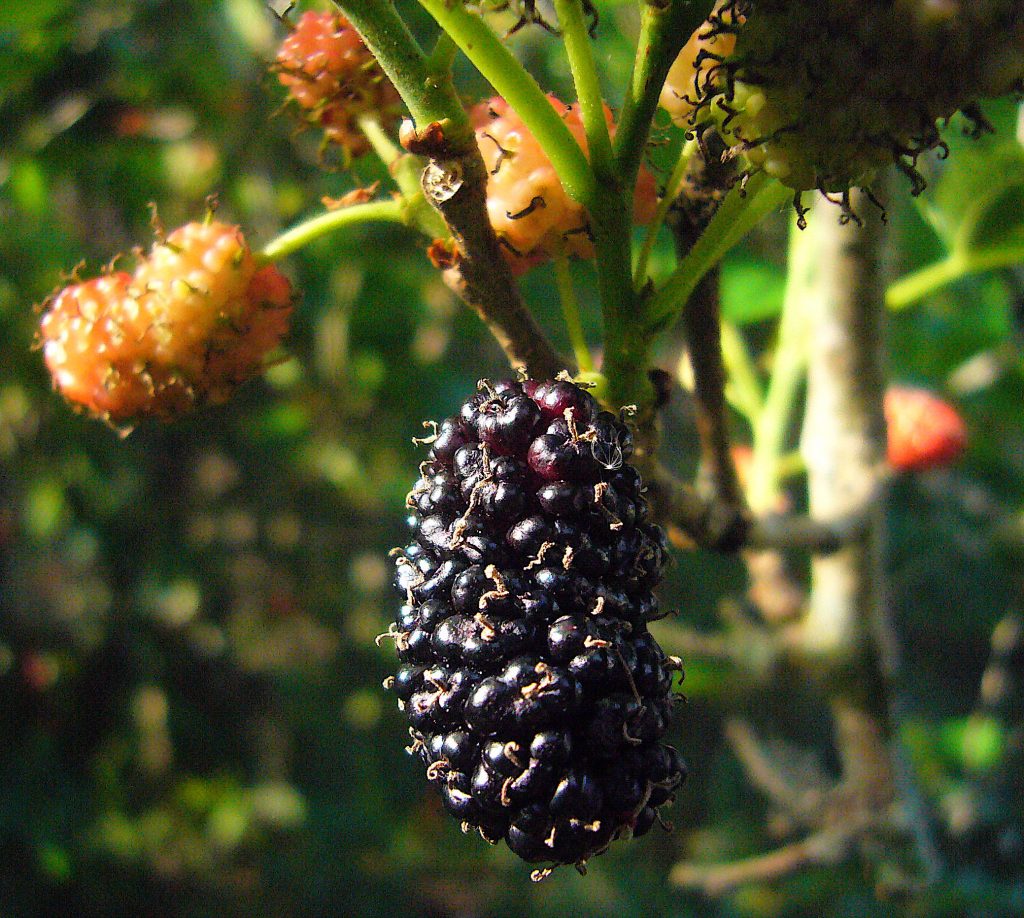
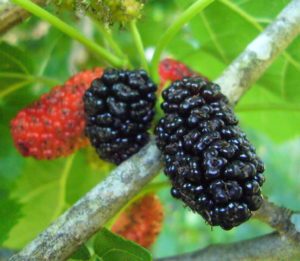
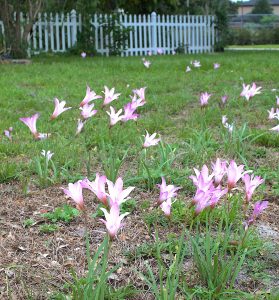
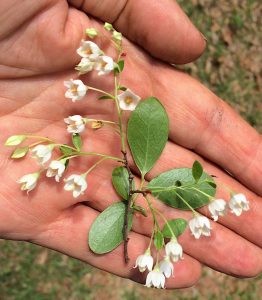
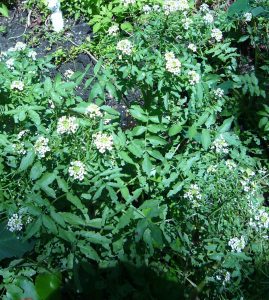

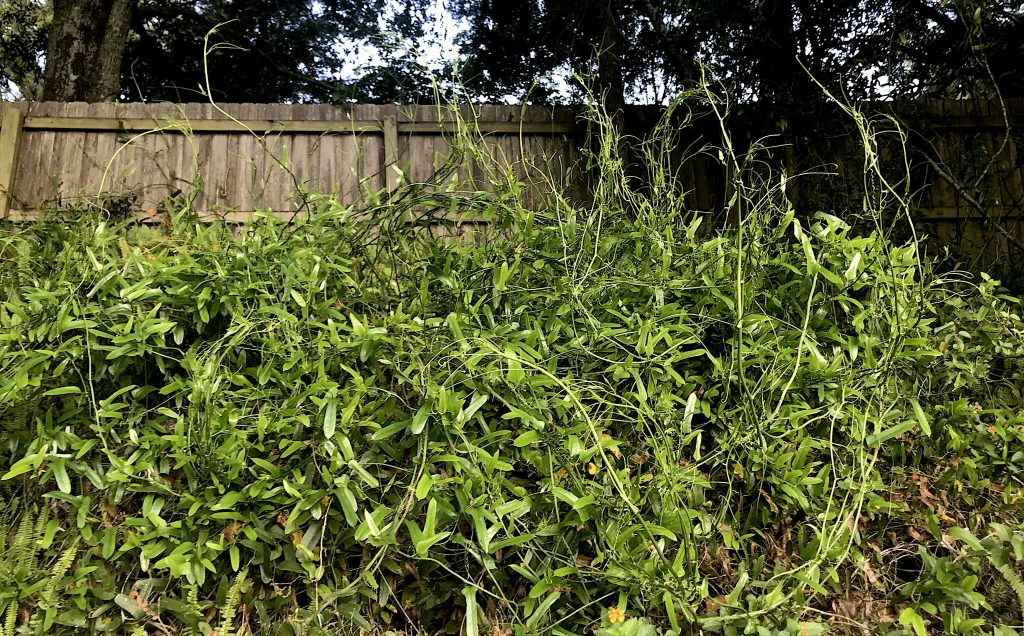
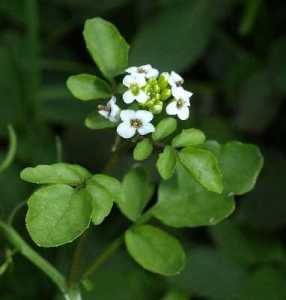 When President Calvin Coolidge came to Central Florida in 1929 it was to Sanford (and Lake Wales) he went not little-ol’ backwater Orlando. The city of Sanford had everything: River, rails, road even a college (Rollins which later moved to Winter Park.) Sanford however lacked leadership giving Orlando a chance to make its mousey mark. The watercress was in the ditch behind the apartment complex because the entire area was once truck farms and one of their main winter crops was watercress. Peppery like nasturtiums it is edible raw or cooked but make sure you get it from wholesome water. Nasturtium by the way literally means “twisted nose.” Where I collect watercress to be eaten raw is about a half mile down stream from the Wekiva River boil (its main spring and headwater.) But there’s a lot of water hemlock around so I have to pick carefully. To read more about watercress
When President Calvin Coolidge came to Central Florida in 1929 it was to Sanford (and Lake Wales) he went not little-ol’ backwater Orlando. The city of Sanford had everything: River, rails, road even a college (Rollins which later moved to Winter Park.) Sanford however lacked leadership giving Orlando a chance to make its mousey mark. The watercress was in the ditch behind the apartment complex because the entire area was once truck farms and one of their main winter crops was watercress. Peppery like nasturtiums it is edible raw or cooked but make sure you get it from wholesome water. Nasturtium by the way literally means “twisted nose.” Where I collect watercress to be eaten raw is about a half mile down stream from the Wekiva River boil (its main spring and headwater.) But there’s a lot of water hemlock around so I have to pick carefully. To read more about watercress 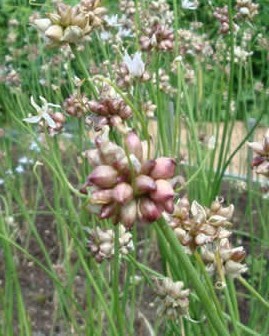
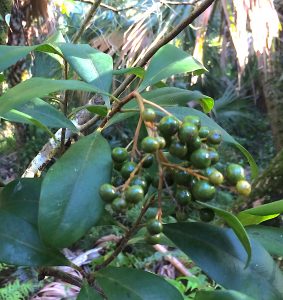
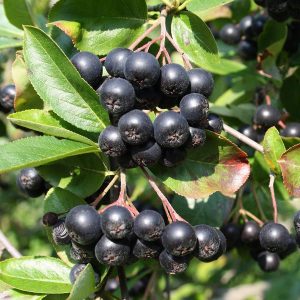
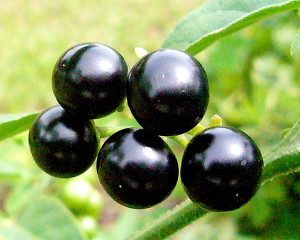
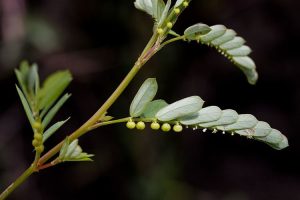
 Donations to upgrade EatTheWeeds.com have gone well. Thank you to all who have contributed to either via the Go Fund Me
Donations to upgrade EatTheWeeds.com have gone well. Thank you to all who have contributed to either via the Go Fund Me 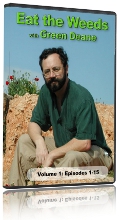 Though your foraging may drop off during Covid-19 travel bans it’s a great time to study wild edibles with my nine DVD set. Each DVDs has 15 videos for 135 in all (that’s $1 a video.) They make a great gift. Order today by the set or individual videos. Some of these videos are of better quality than my free ones on the Internet. They are the same videos but many people like to have their own copy. I burn and compile the sets myself so if you have any issues I handle them personally. There are no middle foragers. I also made more to cope with the quarantines and replace lost class income. To learn more about the DVDs or to order them
Though your foraging may drop off during Covid-19 travel bans it’s a great time to study wild edibles with my nine DVD set. Each DVDs has 15 videos for 135 in all (that’s $1 a video.) They make a great gift. Order today by the set or individual videos. Some of these videos are of better quality than my free ones on the Internet. They are the same videos but many people like to have their own copy. I burn and compile the sets myself so if you have any issues I handle them personally. There are no middle foragers. I also made more to cope with the quarantines and replace lost class income. To learn more about the DVDs or to order them 